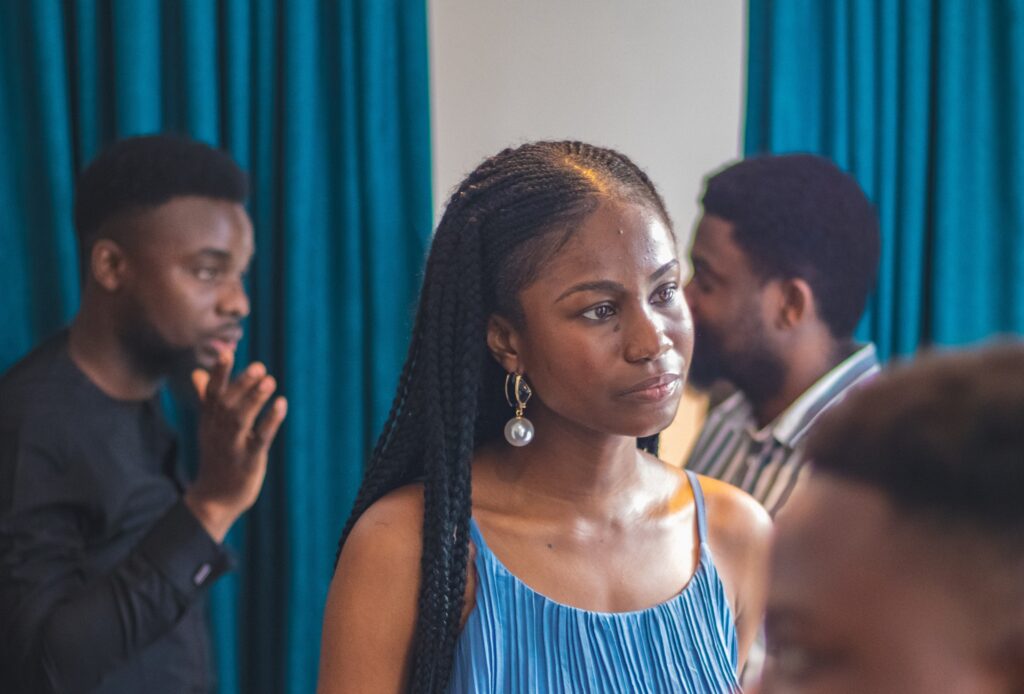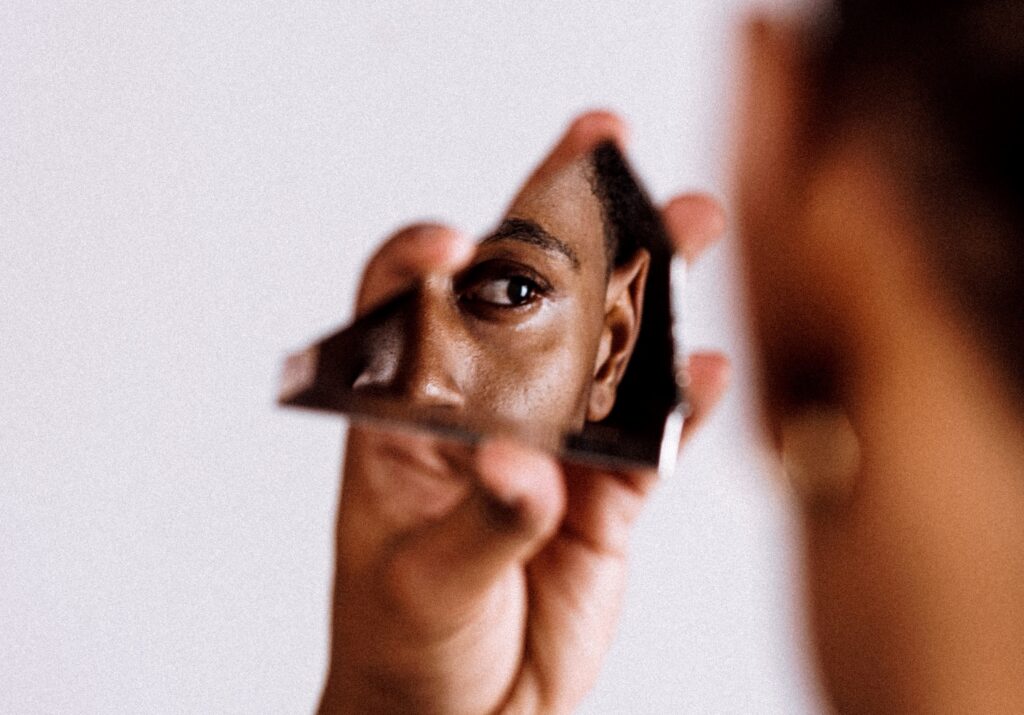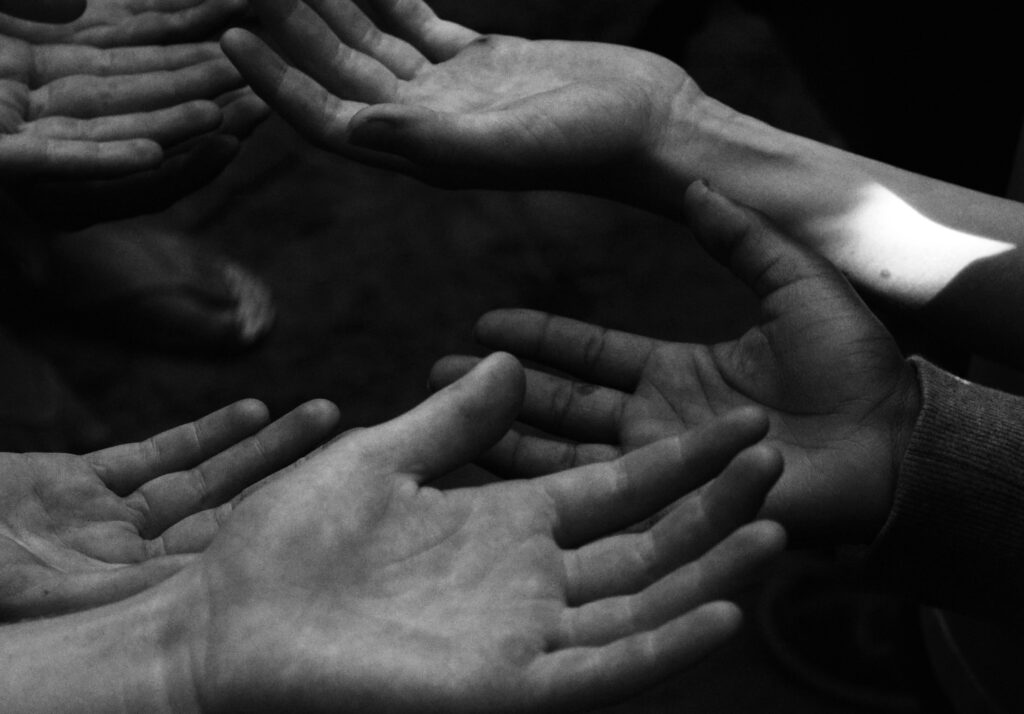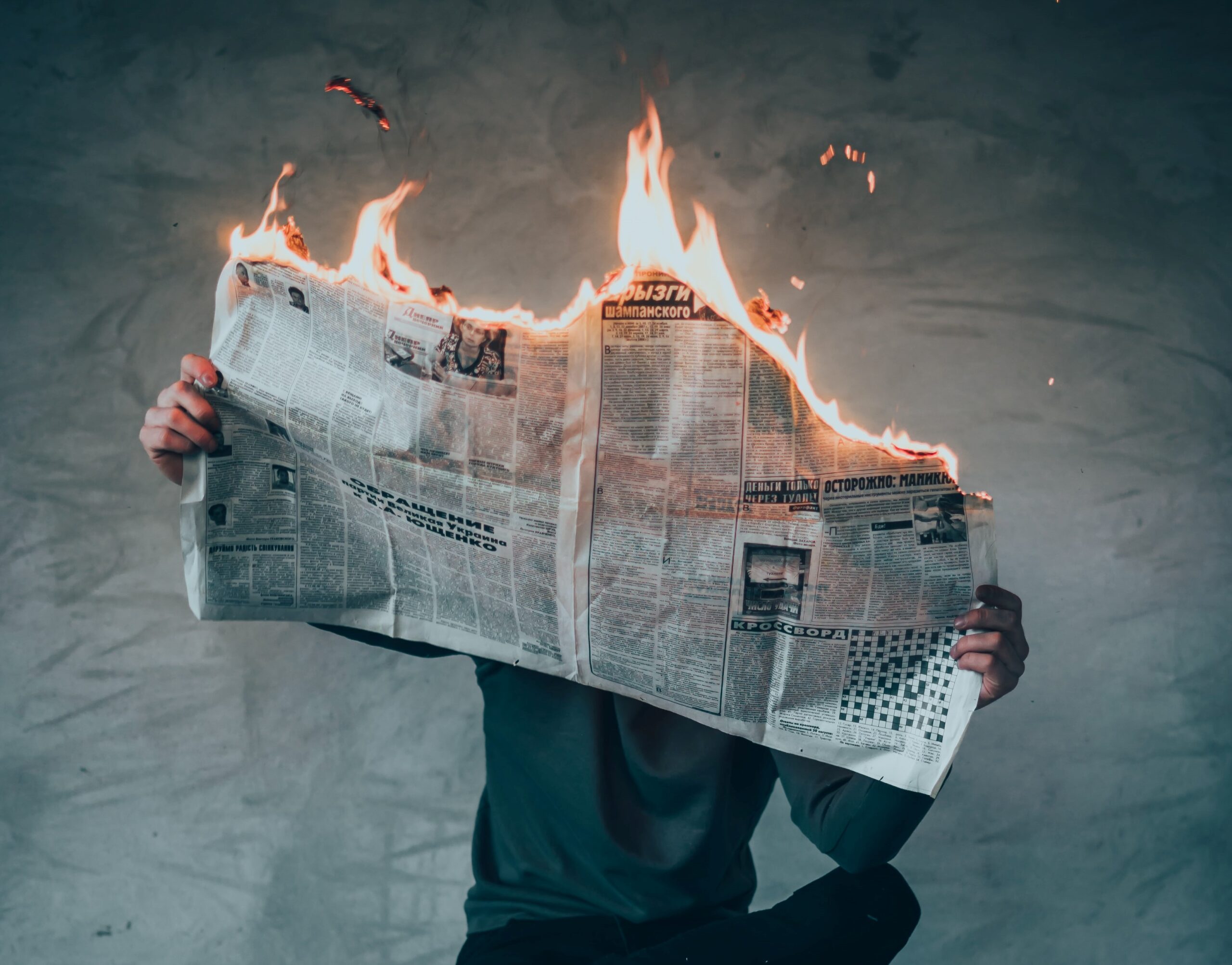
Not just skin-deep: racism’s lasting wounds
Joseph Evans finds himself reflecting deeply on the reality of racism during a panel discussion, and discovers new horizons of pain he had never before considered.
We were two white men aged over 50, and two young black women. It didn’t seem the most propitious way to begin a discussion about racism. But, surprisingly, it worked.
The evening had been organised by Random Events, which brings together people particularly in the capital of England, London, for meaningful discussion, but now through the internet reaches beyond those physically present and even had a listener from Texas.
The event was supposed to be an exchange between people of different views. In fact, largely we all shared the same view: we were fundamentally opposed to racism. But it brought home to me that even within a general consensus of opinion there can be strong differences of nuance, and this is good.
I’d been asked to speak first, I, a Catholic priest.
I started by saying how I, as a white man, cannot really hope to understand racism. I try to but I’ve never faced discrimination because of my skin colour.
I’ve always lived in a situation of privilege. Some people might consider my religious views offensive, but they don’t consider me inferior. And that is precisely racism: to see someone as inferior.
It’s easy for me to say: “Why get angry? Cool it! Calm down!” when I’ve never been looked down upon or scorned. And yet I genuinely believe that the best way to oppose racism is to resist this anger. Racism is a form of hatred and the worst possible trap would be to return hatred for hatred, and anger all too easily leads to hatred. It is only by love that we break the cycle.
The speaker after me was Chenoa, a woman of Caribbean origin whose powerful intelligence made me glad we were on the same side. Picking up on my reference to anger, she told us how, when she speaks, people often see her as “the angry black woman” – as if she were exaggerating. It helped me appreciate: of course, she’s angry, and I realised I hadn’t understood the depth of that anger.

The next speaker, Simon, took my understanding further, as he explained the trauma which racism brings with it. Simon is a United Reformed Church chaplain to the London Fire Brigade, so he knows a thing or two about trauma. Through racism, he explained, people are brought up to feel inferior and that has a traumatic effect, and even more so as a result of slavery. Simon referred to a condition known as “post-traumatic slavery syndrome”. The exterior bonds might be broken, but the interior wounds inflicted by years of oppression need longer to heal.
Racism’s capacity to demean was powerfully illustrated by a later intervention from a member of the audience.
A man of Indian origin told us how his dad had once sat him down as a boy, pinched his skin, and said: “My son, that skin will always make you inferior. You’ve just got to accept it.” That episode was clearly very much alive in the man’s memory.
We were all agreeing but I realised that my comments were slightly trite and the scars go deeper than I had thought. Simon spoke of the value of rituals which can help to heal these wounds. Such rituals can be events or landmarks with symbolic value. They can also be means to acknowledge our collective guilt and he called on us to confess the sins of our ancestors.
As an example of one such ritual landmark, he referred to the Commonwealth Memorial Gates in London, right next to Buckingham Palace, erected in memory of the five million volunteers from the Indian sub-continent, Africa and the Caribbean who fought with Britain in the two World Wars.
And while glad they had been constructed, Simon commented: “For me, the fact that it has taken more than 50 years after World War Two for the Gates to appear begs the question: has the trauma of slavery been given an appropriate ‘communal rhythm’ to express its significance?” In other words, we must find ways, times and monuments to face up honestly to the evil of slavery and the grief it has caused.

As a good example of this he referred to the Truth and Reconciliation Commission set up in South Africa in the 1990s to confront and acknowledge the reality of apartheid in the country.
He told how when Archbishop Desmond Tutu chaired sessions and the pain became too intense, he would interrupt them to lead the attendees in prayer, dance and song. This was a very explicit example of a “communal rhythm” seeking to come to terms with the hurt of racism.
Simon told us that recovery from trauma is a process of recovering trust. Trauma either widens the gulf or creates spiritual fellowship, building trust. He urged us to build that trust. This is the way forward.
Returning to my words, I said I was very aware that Christianity has a chequered record when it comes to slavery, which is the very worst form of racism. Some Christians practised slavery for far too long (even one day is far too long). They managed to trick themselves into thinking that keeping slaves was compatible with their religious beliefs. But at the same time there have been great Christians at the forefront of opposing slavery, such as William Wilberforce in Britain.
And then to my surprise, as I was speaking, someone wrote on our group chat “William Wilber-fraud”. I was shocked. But this came up in our discussion. Here too, the reality was more nuanced. Wilberforce wasn’t a fraud. He was a great man who did everything he could within the British parliamentary system to help bring slavery to an end in the empire. But perhaps what is fraudulent is to exaggerate Wilberforce’s role.
Perhaps this is just a white way to soothe our conscience in the face of our ill-deeds. Yes, he had done a lot but he wasn’t the only protagonist. For example, the slave revolts in numerous colonies played a vital role. There was a groundswell already at work which needs to be recognised. Our racism goes deeper than we think: we are still looking for a white hero.
Indeed, commenting on the involvement of many white people in the Black Lives Matter demonstrations, Chenoa made the point that this “alliedship” can also become an attempt at self-soothing, or seeking absolution for some form of perceived guilt, or even worse, an exercise in public relations or the proclamation of one’s own righteousness.
Chenoa commented on the “conceptual whiteness” which dominates our society, whiteness as the standard, never interrogated. She told a powerful story of missionaries going to a certain African country. They built churches in the typical Western style: square buildings. But to their surprise, the locals wouldn’t go near them. When eventually the missionaries asked them why, they answered that for them roundness represents eternity. The divinity cannot exist in square buildings. The missionaries had such an idea of their superiority that they had never thought to ask the local people: white supremacy was assumed.
Chenoa stressed that racism “centralises whiteness”. Indeed, one person insisted in the open discussion that it is not a question of racism, it is a question of colour. This did lead me to think: am I guilty simply for being white? Is that fair? I also reflected that one of the worst forms of racism in the 20th century, perhaps one of the worst forms in history, was the Holocaust, and the Jews were predominantly white. The Nazi attempts to exterminate them wasn’t based on their colour.
I haven’t mentioned thus far the fourth speaker, Ije, the event organiser, who outlined very specific ways we can act to overcome racism: seeking to influence our place of work, study or worship; offering constructive feedback to institutions; becoming a trustee of a charity or board; creating educational resources. But all this with prayer, because racism continues to be a spiritual problem and needs most of all God’s action to change men’s hearts.

She challenged us on various occasions, both in her talk and in her questions: what can we do at a practical level to end racism? She asked me, for example, how we could remove racism from “our Church”.
There I had to answer that at least from my own experience as a Catholic in Britain, without people of colour my church would hardly exist. It keeps going only because of people of different races. A typical Catholic Mass in any town in Britain includes people of all skin colours. If we relied only on whites, our congregations would be drastically smaller.
Is racism only about skin colour? I think Chenoa had a point. It might be so today, or at least largely so, though many older people of Irish or Italian extraction in Britain remember episodes of shameful discrimination against them, though their skin pigment was not the issue.
I argued that racism is a temptation we all have to face. We all have to admit that something has gone wrong in human nature. I referred to that first book of the Bible, the book of Genesis, which while proclaiming strongly that God made every human person, each man and woman, in his own image and likeness, and that this is the basis of our dignity, also describes the first sin, how the devil tempted our first parents into doubting God.
This episode, in its story form, helps to explain how and why we are wounded. We sin so easily. The good we want to do, we don’t do. The evil we don’t want to do, we still commit. That is the wound which we all find within ourselves, and that wound includes racism. It includes the option to hate. That option is always there for us to take, both alluring and profoundly destructive.
We can find any reason to hate someone: it could be their skin, the shape of their nose, the form of their eyes, or their body odour. We could hate them for the privileges they enjoy or instead for their poverty and ignorance. This option to hate is like a dog waiting to pounce as soon as we open the door.
But we don’t have to give in and I quoted a great Catholic saint of the 20th century, St Josemaría Escriva, who said: “There is only one race, the race of the children of God.” And that is our ultimate victory, and with it the victory over racism: to recognise the fundamental equality of all, including those who abuse us, and to keep on loving against all the odds. To love even those who hate us, even those who despise or look down on us for whatever reason.
We always win if we love. They might not respect our dignity, but we respect theirs, simply because they are human beings made in the image and likeness of God. We won’t end the hatred of racism by more hatred. We’ll only end it by loving more, by loving better, by drowning evil in an abundance of good.
To watch the full discussion, see https://youtu.be/Yn7p5dGTTYY
Like what you’ve read? Consider supporting the work of Adamah by making a donation and help us keep exploring life’s big (and not so big) issues!


